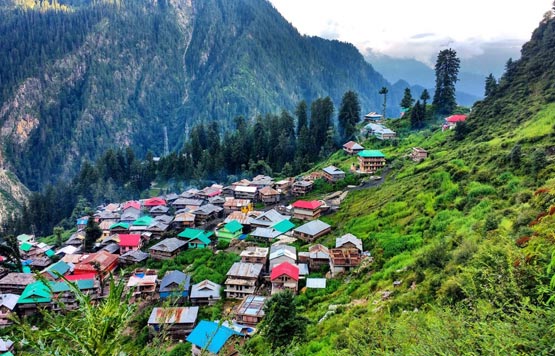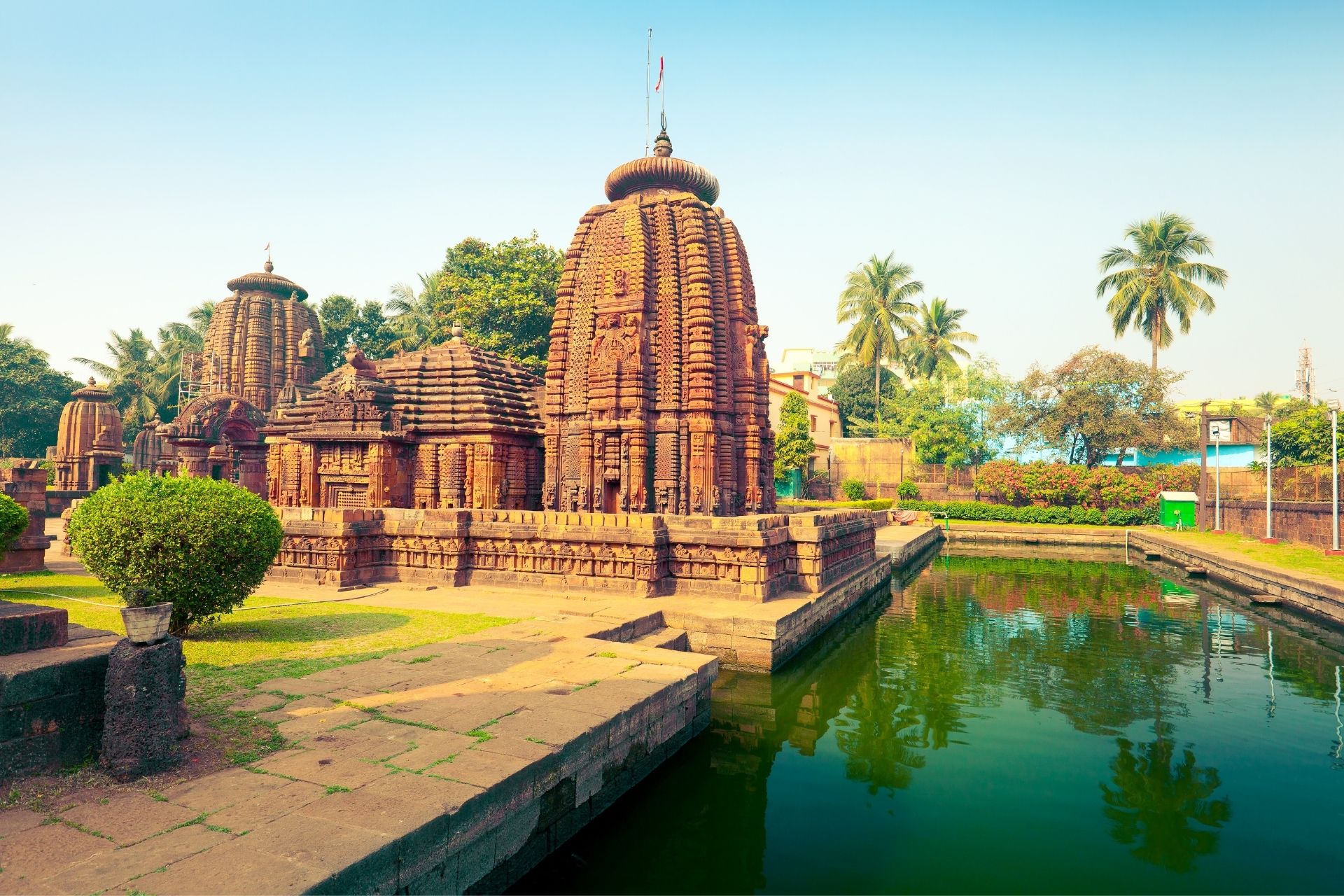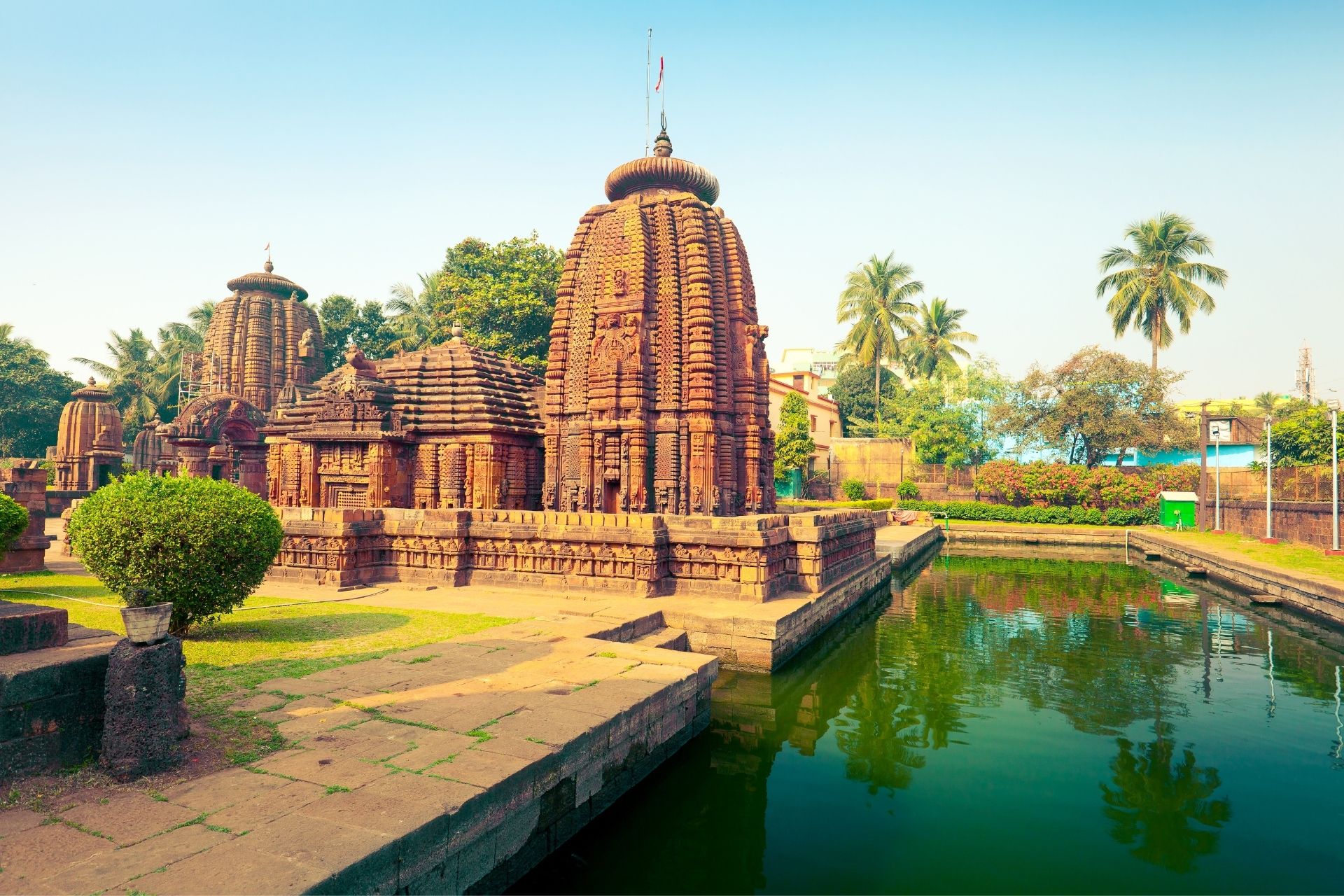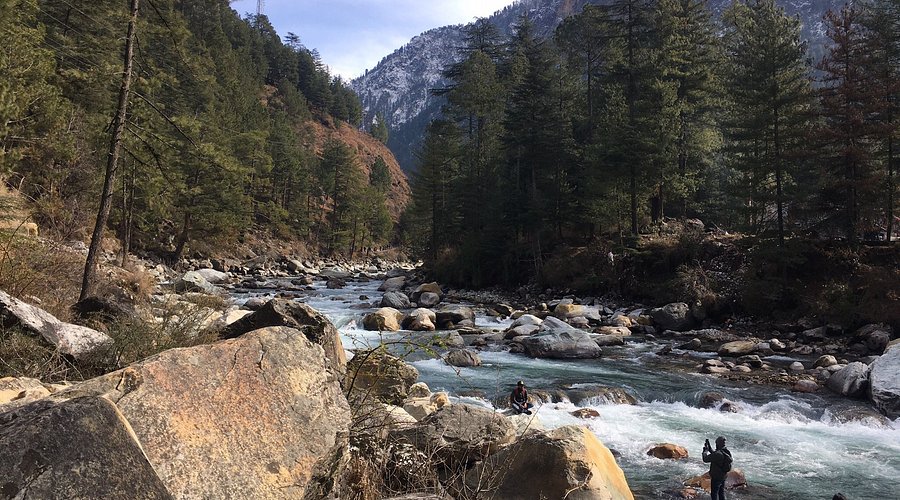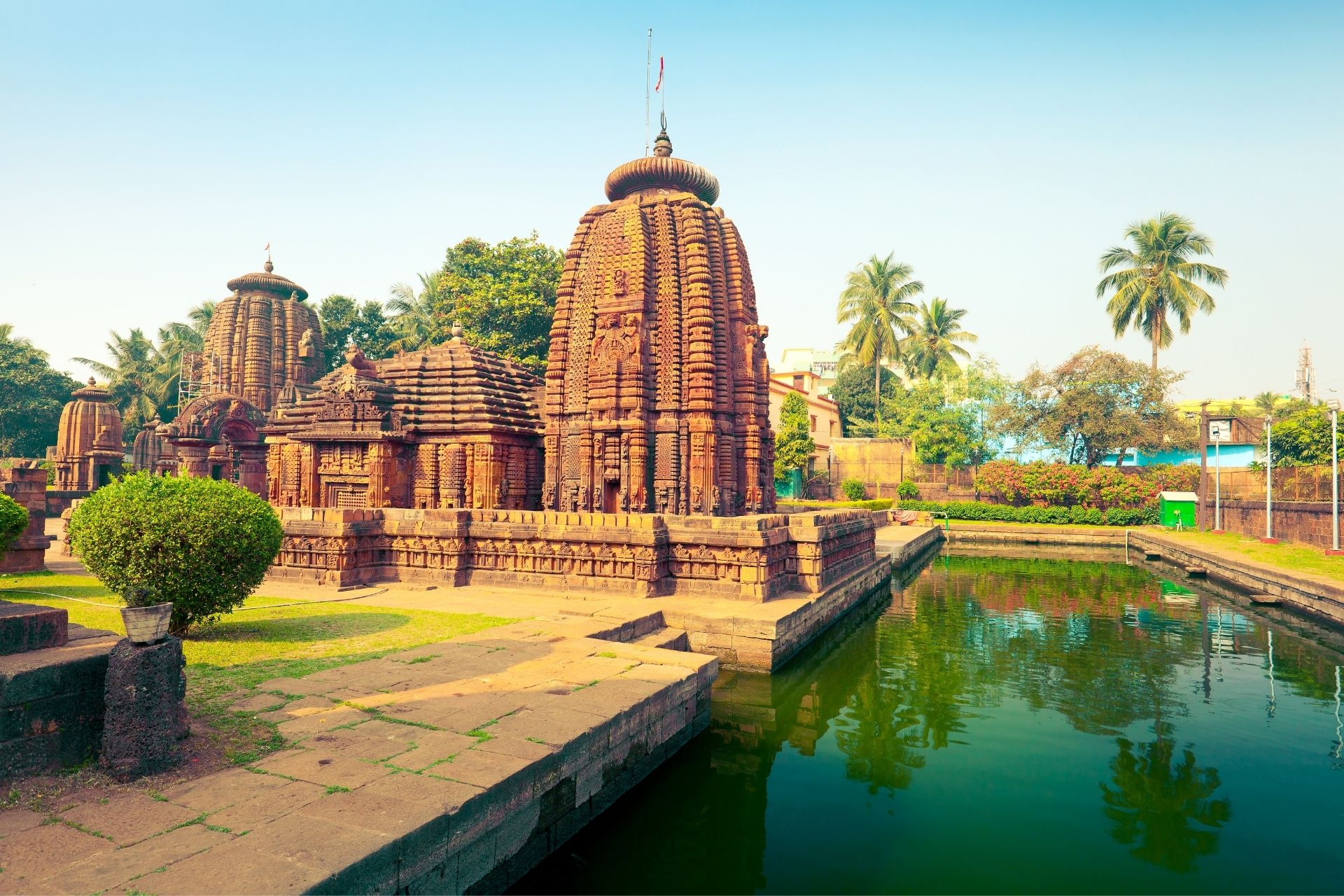Exploring the Majestic Mysore Palace: A Glimpse into Royal History and Culture
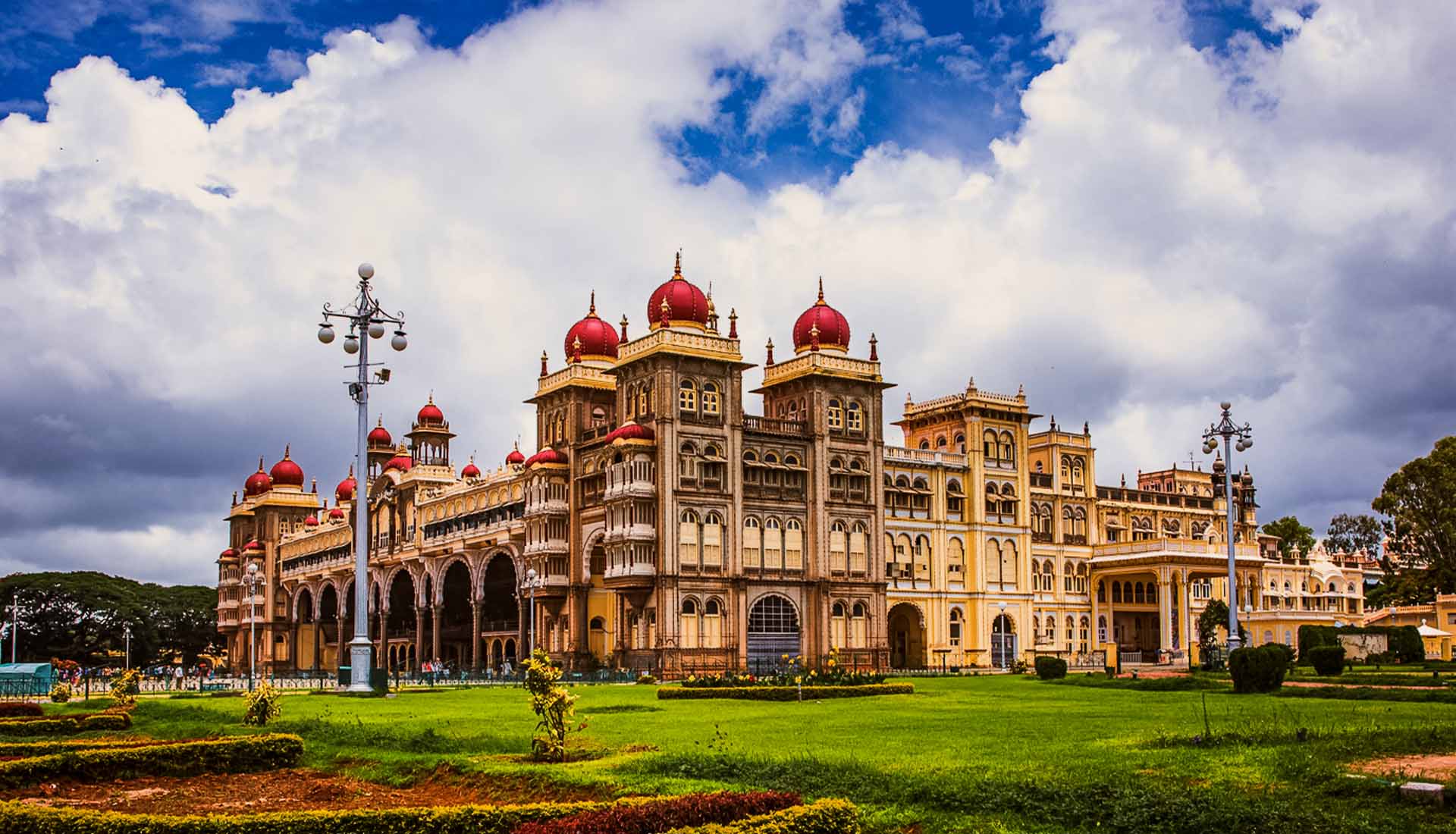
Strong 8k brings an ultra-HD IPTV experience to your living room and your pocket.
The Mysore Palace is a breathtaking symbol of royal grandeur, located in the heart of Mysore, Karnataka, India. Known for its magnificent architecture and historical significance, the palace is a popular tourist destination and a vital part of the city’s cultural heritage. The palace is not only a monument to the Wodeyar dynasty, which ruled Mysore for centuries, but also a living legacy of India’s royal past. In this article, we explore various aspects of the Mysore Palace, from its royal history to the vibrant celebrations of Dasara, which culminates in the grand Dussehra festival.
Mysore Palace: A Glimpse into Royal History
The Mysore Palace, also known as the Amba Vilas Palace, was the seat of the Wodeyar family, who ruled the Kingdom of Mysore. The original palace was built in the 14th century, but the current structure dates back to the 20th century. The palace’s construction was commissioned by the Wodeyar rulers, with the famous architect Henry Irwin designing the structure in the Indo-Saracenic style, blending Hindu, Muslim, Rajput, and Gothic influences. The palace is located in the center of the city and is surrounded by beautiful gardens, adding to its royal charm.
The King’s Palace: Home to the Wodeyars
The Mysore Palace King refers to the rulers of the Kingdom of Mysore, who lived in the palace and administered the region for centuries. The Wodeyar dynasty first rose to prominence in the 14th century and continued to rule Mysore until India’s independence in 1947. The palace was their home and also the center of administration. The last ruling Maharaja of Mysore was Jayachamarajendra Wodeyar, who remained an honorary figurehead after the Indian Independence Act of 1947, which ended the princely states.
The grandeur of the palace reflects the opulence and cultural sophistication of the Wodeyar rulers, who were known for their patronage of arts, culture, and architecture. Their legacy is still evident in the palace's intricate design, its expansive halls, and its art collections.
Mysore Palace Inside: A Journey Through Royal Rooms
The interior of the Mysore Palace is as awe-inspiring as its exterior. The palace is divided into several rooms, including the Durbar Hall, the Private Apartments, and the Temple Room. The Durbar Hall is one of the most famous areas of the palace. It was used for ceremonial purposes and features stunning chandeliers, intricate ceiling work, and beautiful arches.
The Private Apartments of the royal family, which are no longer in use but open to visitors, include rooms decorated with period furniture, royal portraits, and valuable artifacts. The Kalyana Mantapa, or the wedding hall, is another major highlight, with its exquisite stained-glass windows and an elaborately designed ceiling.
Additionally, the palace museum houses numerous artifacts, royal dresses, weaponry, and paintings that chronicle the life and times of the Wodeyar dynasty. It’s a journey into the grandeur of India’s royal past.
Mysore Palace Lighting: A Nighttime Spectacle
One of the most mesmerizing sights at the Mysore Palace is its lighting. Every evening, the palace is illuminated with thousands of lights, creating a spectacular scene. The palace lighting ceremony, known as the Mysore Palace Light Show, takes place during the evenings, especially on weekends and public holidays. The lights accentuate the intricate design and grandeur of the palace, transforming it into a glittering jewel.
The lighting is especially enchanting during the Dasara festival and the Dussehra celebrations. The Mysore Palace at night is an unforgettable sight, drawing tourists from around the world to witness this remarkable display. The light show, combined with the architectural beauty of the palace, creates a magical atmosphere, making it one of the most photographed landmarks in India.
Dasara and Dussehra at Mysore Palace: A Royal Celebration
Dasara, or Dussehra, is one of the most significant festivals celebrated in Mysore. It is a festival of victory, symbolizing the triumph of good over evil. The celebrations are particularly grand at the Mysore Palace, as it was the royal family’s tradition to host a variety of events during this time. The Dasara Mysore Palace festivities are world-renowned, attracting thousands of visitors every year.
During the Dasara festival, the palace comes alive with traditional music, dance, and processions. The Dussehra in Mysore Palace is marked by a grand procession known as the Jumbo Savari, where a golden chariot carrying the idol of Goddess Chamundeshwari is paraded through the streets of Mysore. The Mysore Maharaja Palace plays a central role in these celebrations, with the royal family taking part in several rituals and ceremonies.
The festivities culminate on the final day of mysore palace Dussehra with the lighting up of the entire palace, a tradition that dates back to the early 20th century. The Mysore Palace becomes a beacon of light, and the city of Mysore turns into a magnificent spectacle, showcasing the grandeur of India’s royal heritage.
The Night View of Mysore Palace: A Magical Experience
The Mysore Palace night view is an experience that no visitor should miss. The palace, illuminated with over 97,000 light bulbs, looks ethereal as it stands tall against the backdrop of a dark sky. The lights illuminate the intricate carvings, domes, and spires of the palace, highlighting its Indo-Saracenic architectural style. The surrounding gardens and the Maharaja’s Park add to the magical ambiance, making it a perfect spot for evening strolls and photography.
The beauty of the Mysore Palace at night is not just in its lighting but in the sense of history and royalty it evokes. The combination of the majestic architecture and the glow of thousands of lights transports visitors to a bygone era of Indian royalty.
Mysore Palace Museum: A Journey Through Time
The Mysore Palace Museum is an integral part of the palace complex. It offers a glimpse into the rich history and culture of the Wodeyar dynasty. The museum showcases a diverse collection of artifacts, including weapons, costumes, paintings, and religious items. Visitors can explore rooms that once belonged to the royal family and view items that were part of the palace’s daily life.
Some of the museum’s highlights include the grand royal thrones, the elephant howdah (used for royal processions), and a display of historical photographs. The palace museum also features artworks that depict the lives of the kings, queens, and the events that shaped the history of the kingdom. It’s an educational and immersive experience that enhances one’s appreciation of the grandeur of Mysore Palace.
Conclusion: The Legacy of Mysore Palace
The Mysore Palace Karnataka is a cultural gem, representing the history, traditions, and royal splendor of the Wodeyar dynasty. From its stunning architecture and elaborate interiors to its enchanting lighting displays, the palace stands as a monument to India’s royal past. Its role in the Dasara Mysore Palace celebrations further cements its significance as a center of cultural and religious importance.
Whether you are exploring its royal rooms, marveling at its night view, or experiencing the vibrant celebrations of Dussehra in Mysore Palace, the Mysore Palace offers a truly unforgettable experience. Its timeless beauty and historical significance continue to attract visitors from around the globe, making it one of the most beloved landmarks in India.
Note: IndiBlogHub features both user-submitted and editorial content. We do not verify third-party contributions. Read our Disclaimer and Privacy Policyfor details.



